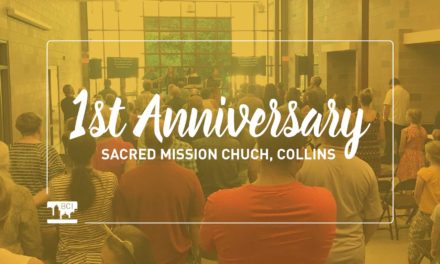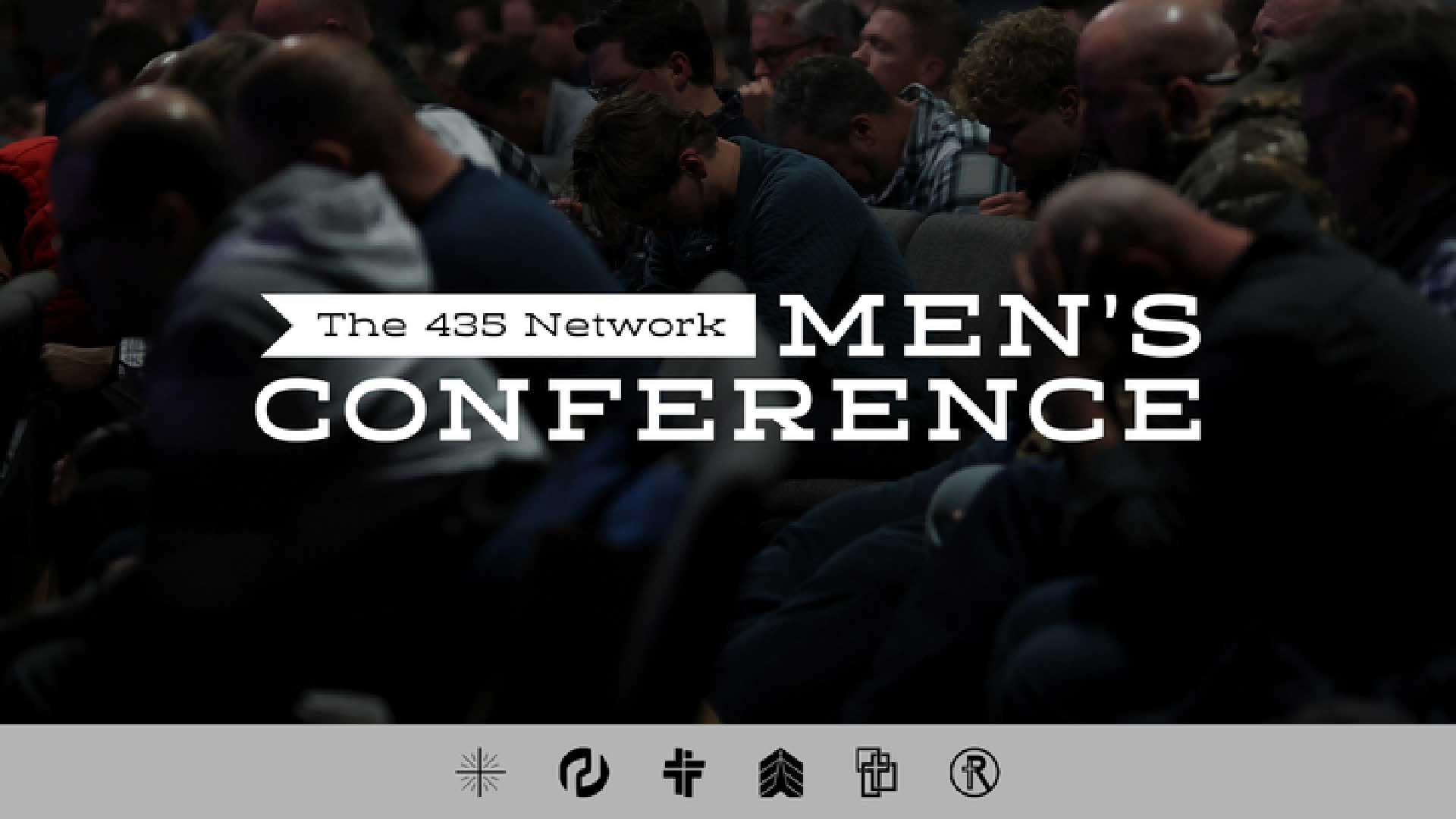by Chase Abner, BCI Lead Church Planting Catalyst
In 2010, Pew Research estimated that there were 67 million Christians in China. Other organizations estimate that number to be over 100 million. These numbers can be hard to nail down for a country that has a vested interest in suppressing the growth of a worldview officially deemed “imperialism.” Still, China’s own State Administration for Religious Affairs said in 2014 that each year about 500,000 people were being baptized as Protestants. If accurate, that’s more in one year than the SBC reported in the last two years combined.
I’ll leave it to the televangelists to determine what American sin begat the pandemic and suffering. Instead, I want to embrace the opportunity we have been afforded to enhance disciplemaking outside of large worship gatherings and inside our everyday lives. Culturally, there is a great divide between China and the US, but there’s also a great cultural divide between modern China and First Century Jerusalem. Still we see that person-to-person, house-to-house spread of the gospel is central to God’s ways in the world.
Through the course of the pandemic, I think some pastors have been more concerned about what the state is allowing them to do than what Jesus has told them to do. The Great Commission is still calling us to make disciples even if our preferred methods of doing so are off the table for now. In other words, we are accountable to make disciples even as there are circumstances that limit our ability to gather for public singing and preaching. To be faithful, we should exert our best efforts in equipping the saints to make disciples as the scattered church. Likewise, we should be careful about how much effort we put into defying the government or criticizing other pastors about their reopening plans.
But is our preferred method even the best method?
Clearly, the Sunday worship gathering is the preferred method of disciplemaking for the majority of churches in America today. Look at our buildings, our staff, our volunteers, and our budgets. This has been true for a long time in the US—at least since the Church Growth Movement came to prominence. It would be folly to undermine how much good has come from Sunday worship gatherings over the last 100 years. That is not my intention. Instead, I want to suggest that for now, and likely the foreseeable future, there is a better method.
On Sunday, Solomon Rexius, one of my pastors at Cornerstone Church in Ames, said, “Some discipleship happens in rows, but the best discipleship happens in circles.” He was speaking to the group of members who serve as Discipleship Group leaders, investing their time each week providing spiritual direction and accountability to college students. I’m with Sol. Some discipleship happens when you sing into the back of someone else’s head and then listen to the pro explain the Bible for a half hour or so. However, the best discipleship happens when brothers and sisters get face-to-face, share authentically, and encourage one another biblically toward joy and faithfulness.
After all, the test for a disciple’s authenticity is not whether or not they can endure biblical teaching, but whether or not they obey it.
What does this all mean for church planting?
About ten years ago I heard J.D. Payne say, “If you plant a church you might get disciples, but if you make disciples you always get a church.” Within the context of church planting in that day, he meant that starting a new church service in a target area might result in new disciples made. However, if you focused on evangelizing non-Christians and then teaching them to obey all Christ commanded, then you would always get a church. In other words, if the goal of church planting is wrapped up in the Great Commission, then starting a church service is not essential. Remember, Christianity seems to be growing quite well without them in other places in the world. In fact, I’m almost certain that on the other side of eternity, we will find most of the redeemed will not have experienced a church service as we know it.
However, if you did a quick survey of BCI churches planted over the past few years, you’d find that all of them have included a church service as an early step in their formation. Church services may be inessential, but that doesn’t mean they’re not helpful! Over 70% of Iowans identify as Christians and I’d guess that most have attended a church service at some point in their life. As such, church plants can use services as a viable front door for those who are familiar with church but have yet to hear or believe the gospel.
Still, that strategy has been pinched for several of our current church planters. Since church plants often meet in leased space, some haven’t been able to resume in-person services regardless of the Governor’s permission. Schools and businesses, in some cases, have been reluctant to allow outsiders in their spaces due to the added cost and inconvenience of keeping them safe for their usual clientele. If in-person Sunday gatherings are the preferred or primary method for disciplemaking in a church plant, then the days are dark.
Thankfully, God has gifted to us many church planters who are truly disciplemakers with a heart for multiplication. For instance, while the pandemic may have changed or delayed Adam Bailey’s plans for establishing Multiply Church services in West Des Moines, he has pressed forward in identifying and equipping leaders who can carry discipleship forward, regardless of when weekly services might begin.
Similarly, gathering restrictions may have changed Nick Powell’s pre-launch strategy for Hope City Church in Clinton, but its allowed him to double-down on establishing missional community groups ahead of their planned launch at Easter 2021. Lord willing, when public services begin, it will be a gathering of believers who are already living and spreading the Jesus story in every corner of that river town.
The pandemic that launched a thousand churches
When J.D. Greear announced that Summit Church wouldn’t regather in person until January 2021 at the earliest, it marked a tipping point for many evangelicals. What did it mean for the rest of us if one of the largest and most innovative churches in the SBC wasn’t able to make Sunday gatherings happen in person? For a few rabblers, it meant Summit had forfeited its right to call itself a church and kowtowed to a Marxist agenda. To others, it signaled a silver lining to the dark COVID cloud—the opportunity to empower members to lead out in the Great Commission from their very own living rooms.
Daniel Yang, Director of the Send Institute, remarked on Twitter, “Just read @jdgreear and @SummitRDU announced that they’re moving to 2,400 house churches and not restarting large group gatherings this year. This could plant A LOT of churches if these house churches are missionally engaging their communities.
Tucked inside that quote is a key reminder for all of us—pastors, church planters, denominational leaders, believers. Large group gatherings are not the defining mark of our ecclesiology. Likewise, house churches aren’t churches just because they declare themselves to be. The key is missional engagement in our communities.
Who knows? Maybe we’ll have fewer services but more baptisms next year. 500,000 sounds nice.
Have a BCI church story to share?
We love to share stories of BCI churches and draw attention to the work God is doing in our convention. Submit your story using the online form.









